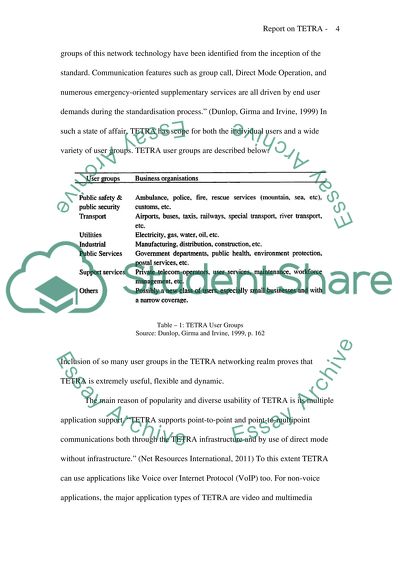Cite this document
(“Report on TETRA Technology in 5 Questions Essay”, n.d.)
Report on TETRA Technology in 5 Questions Essay. Retrieved from https://studentshare.org/information-technology/1442139-report-on-tetra-technology-in
Report on TETRA Technology in 5 Questions Essay. Retrieved from https://studentshare.org/information-technology/1442139-report-on-tetra-technology-in
(Report on TETRA Technology in 5 Questions Essay)
Report on TETRA Technology in 5 Questions Essay. https://studentshare.org/information-technology/1442139-report-on-tetra-technology-in.
Report on TETRA Technology in 5 Questions Essay. https://studentshare.org/information-technology/1442139-report-on-tetra-technology-in.
“Report on TETRA Technology in 5 Questions Essay”, n.d. https://studentshare.org/information-technology/1442139-report-on-tetra-technology-in.


